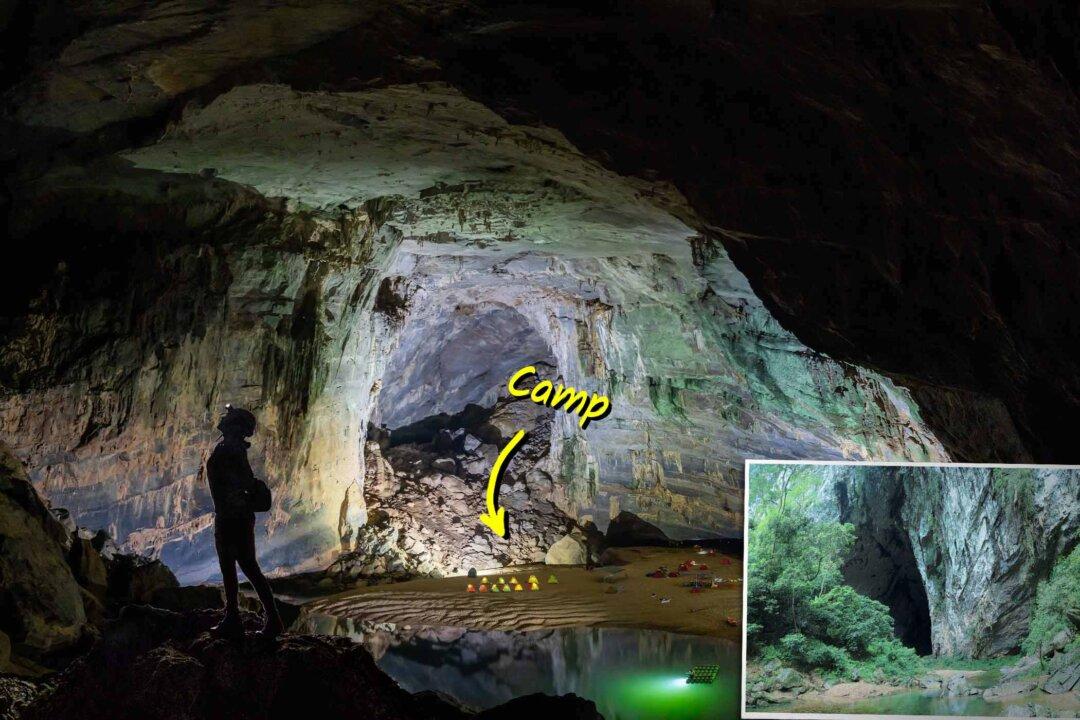Who knew the jungle could be so loud? Even in the dead of night, in pitch darkness, the sounds of monkeys, exotic birds, and strange barking noises churn around camp in the remote, mountainous jungles of central Vietnam.
Around 5:00 a.m., a jubilant mix of cheerful Caucasian and Asian faces awaken, greeted by a sunrise over the valley ridge. The tails of well-hidden monkeys flicker here and there. The strange barking hasn’t ceased. Together with their local guides, the host of international travelers dine on fresh scallion pancakes cooked over gas stoves.






